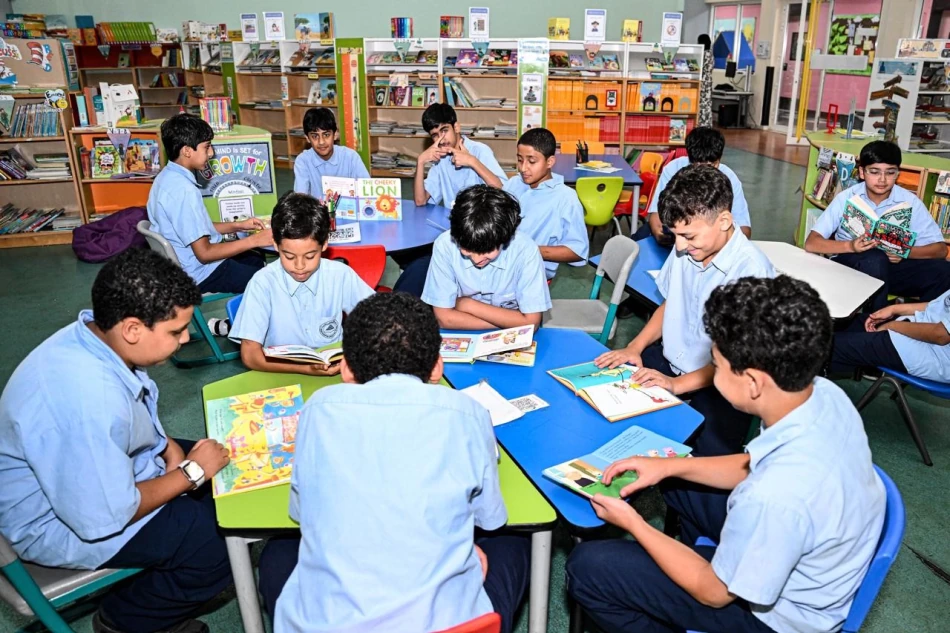
New School Dress Code Policies Aim to Boost Student Appearance and Professionalism
UAE Schools Enforce Strict Dress Code to Preserve Cultural Identity
UAE government schools have implemented comprehensive dress code regulations for the 2025-2026 academic year, mandating traditional Emirati attire alongside modern school uniforms. The move reflects a broader regional trend toward cultural preservation in education, as Gulf nations balance modernization with heritage protection in their rapidly evolving societies.
Traditional Attire Takes Center Stage
The new regulations, coordinated with the Ministry of Education, require male students to wear the traditional white kandura paired with a white ghutra (headscarf). This represents a significant emphasis on cultural dress codes that goes beyond typical school uniform policies seen in Western education systems.
Footwear requirements are equally specific: students must wear traditional sandals with the kandura or black and white shoes when wearing the ministry-approved school uniform. These detailed specifications suggest authorities view dress codes as integral to cultural education rather than mere administrative policy.
Modern Uniform Standards
Approved School Attire
Beyond traditional wear, the regulations outline specific requirements for conventional school uniforms. Students must wear ministry-approved shirts and trousers, complemented by jackets meeting precise specifications. Acceptable outerwear includes ministry-branded jackets or plain versions in white, black, or dark navy.
Notably, the rules explicitly ban hooded jackets, requiring coats with front zippers or buttons instead. This restriction likely aims to maintain visibility and formal appearance standards common in disciplined educational environments.
Athletic and Personal Standards
Physical education classes require official sports uniforms, ensuring consistency across all school activities. Personal grooming standards are equally detailed, mandating neat, short haircuts, clean and trimmed nails, and proper maintenance of traditional headwear.
Cultural Identity in Education
The UAE's approach mirrors similar initiatives across the Gulf Cooperation Council, where nations increasingly integrate cultural preservation into educational policy. This trend reflects concerns about maintaining national identity amid rapid globalization and demographic changes, particularly relevant in the UAE where expatriates comprise roughly 85% of the population.
The emphasis on traditional dress in schools represents a strategic approach to cultural continuity, ensuring Emirati youth maintain connections to heritage practices that might otherwise diminish in cosmopolitan urban environments like Dubai and Abu Dhabi.
Broader Educational Strategy
These dress code regulations align with the UAE's broader educational reforms emphasizing national identity alongside international competitiveness. The ministry frames compliance as fundamental to preserving national identity while instilling discipline and responsibility values among students.
The policy acknowledges parental partnership as crucial for success, recognizing that cultural preservation requires family-school cooperation. This collaborative approach distinguishes the UAE's strategy from more top-down cultural preservation efforts seen elsewhere in the region.
Regional Context and Implications
The UAE's detailed dress code requirements reflect a sophisticated balance between modernization and tradition that has become characteristic of Gulf state governance. Unlike more restrictive approaches in some neighboring countries, the UAE's policy allows flexibility between traditional and modern attire while maintaining clear cultural expectations.
This educational approach may serve as a model for other diverse societies seeking to preserve cultural identity within globalized education systems, demonstrating how specific policies can reinforce broader national identity goals without compromising educational quality or international standards.
 Sara Khaled
Sara Khaled







